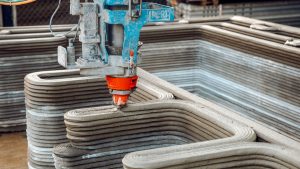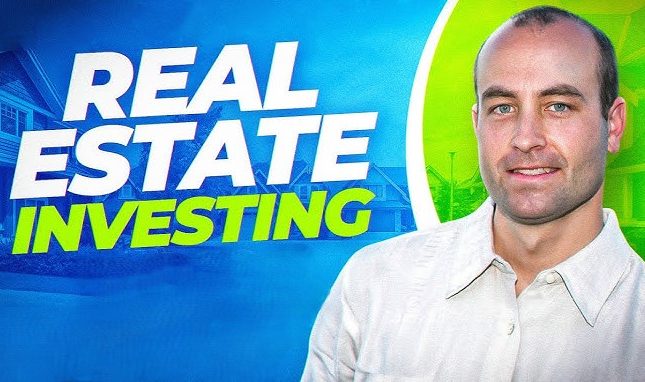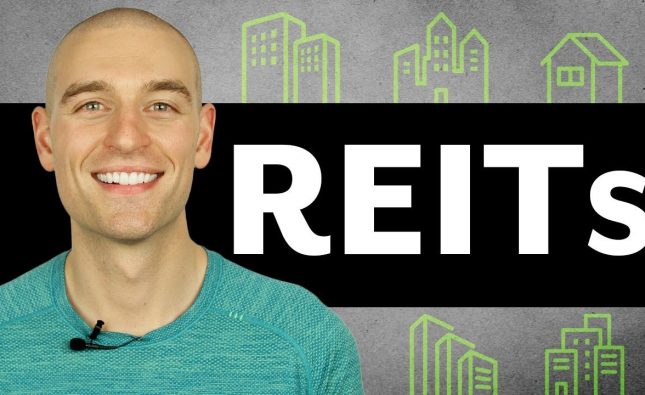
Introduction:
In the dynamic world of real estate, innovation is the driving force behind progress. And one innovation that is fundamentally reshaping the industry is 3D printing. Welcome to “Real Estate Reimagined: The Power of 3D Printing in Construction.” In this article, we’ll take an in-depth look at how 3D printing is revolutionizing the construction landscape. We’ll delve into its transformative potential, its capacity to reshape the industry’s future, and the unparalleled advantages it offers in terms of efficiency, cost-effectiveness, and sustainability.
The 3D Printing Revolution in Real Estate
The integration of 3D printing into real estate construction signifies a seismic shift in the industry. This technology offers a plethora of advantages over traditional building methods, including increased efficiency and cost-effectiveness.
Efficiency and Rapid Construction
One of the most notable benefits of 3D printing in construction is its ability to dramatically accelerate project timelines. Complex structures that would have taken years to build can now be completed in a fraction of the time. This heightened efficiency translates directly into substantial cost savings, making construction more affordable.
Sustainability and Eco-Friendly Practices
3D printing contributes to sustainable construction practices by minimizing waste and reducing environmental impact. The technology optimizes material usage, significantly reducing the volume of construction waste. Furthermore, it enables the use of eco-friendly and sustainable construction materials, further reducing its environmental footprint.
Customization: Crafting Unique Realities
3D printing empowers unprecedented levels of customization in real estate construction. It allows for personalized architectural designs, enabling homeowners to bring their unique visions to life. This level of customization not only fulfills dreams but also pushes the boundaries of architectural creativity.

Challenges and Regulatory Considerations
While 3D printing offers substantial benefits, it also presents challenges. Ensuring safety and maintaining quality standards are paramount. Additionally, navigating the legal and regulatory complexities associated with this emerging technology requires careful consideration.
3D Printing’s Role in Affordable Housing
3D printing holds great promise in addressing housing shortages and making homeownership more accessible. By streamlining construction processes and reducing costs, this technology can play a pivotal role in providing affordable housing solutions.
Reshaping the Future of Real Estate Construction
3D printing is poised to reshape the future of real estate construction. It enables innovative urban planning and contributes to the sustainability of cities. This technology has the potential to create more efficient, eco-friendly, and accessible urban environments.
Conclusion:
The integration of 3D printing into real estate construction represents a monumental shift in the industry. It is not just a technological advancement; it’s a transformation of how we build and design homes. With its efficiency, cost-effectiveness, sustainability, customization, and potential for affordable housing solutions, 3D printing is redefining real estate development. As this technology continues to advance, it will drive innovation, shape the industry’s future, and contribute to a more sustainable, accessible, and creative real estate landscape.










